
AeroGenie — Seu copiloto inteligente.
Tendências
Categories
Five Factors Behind the End of Boeing 747 Production
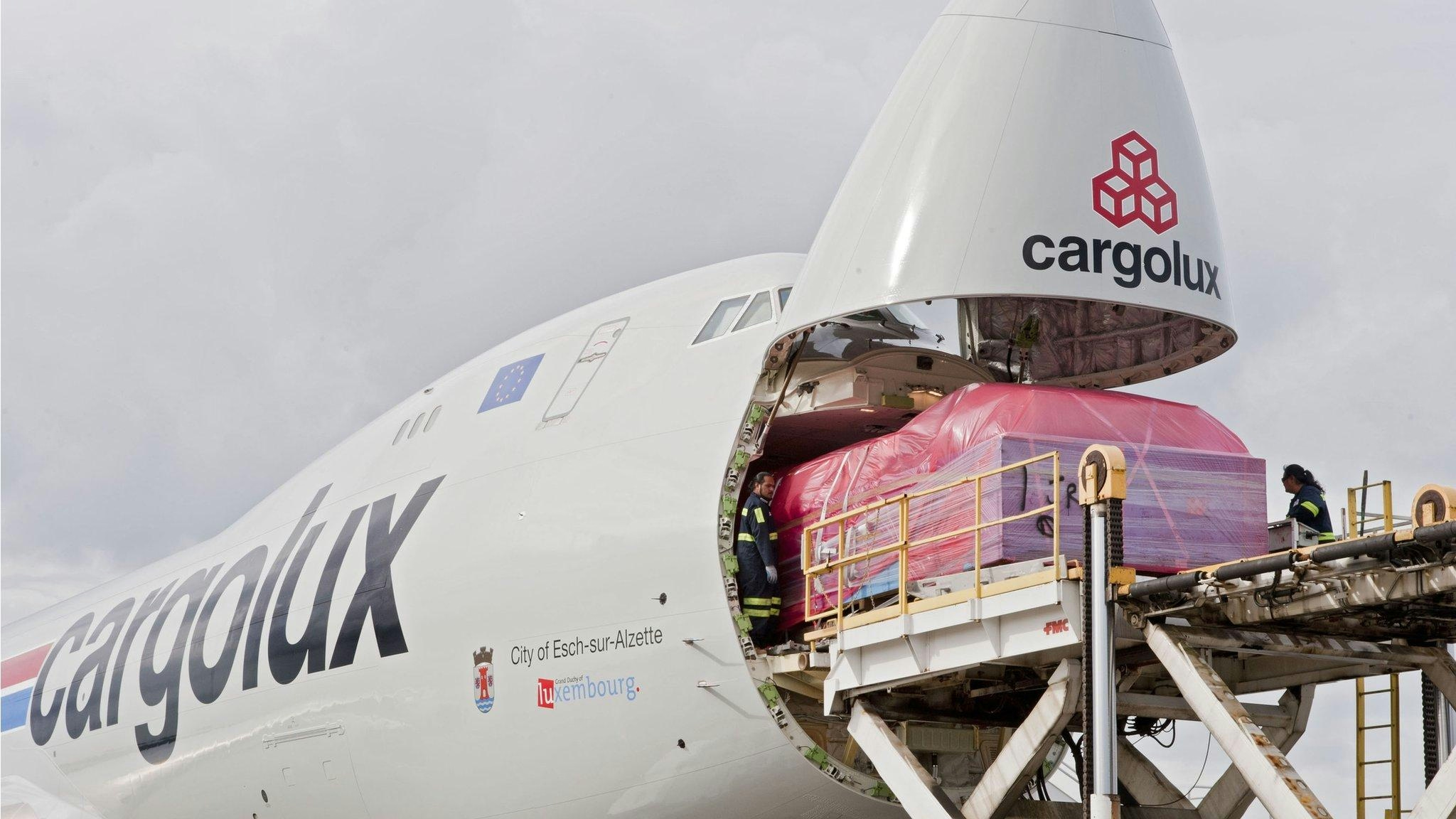
Five Factors Behind the End of Boeing 747 Production
Few aircraft have had as profound an impact on global aviation as the Boeing 747. Since its inaugural flight in 1969, the 747 revolutionized long-haul air travel with its unprecedented size, range, and passenger capacity. Known as the “Queen of the Skies,” it democratized international flying, becoming a cultural icon and transporting a diverse array of passengers, from astronauts to world leaders. However, after more than five decades and 1,574 units produced, Boeing completed the final assembly of the 747 in December 2022, marking the end of an era.
The End of an Era
The final Boeing 747, a 747-8F freighter destined for Atlas Air, rolled off the Everett assembly line on December 6, 2022. Its delivery on January 31, 2023, symbolized the formal conclusion of a program that had transformed commercial aviation. The Everett facility, constructed in the late 1960s specifically for the 747, stood as a testament to American engineering prowess and innovation. For generations of Boeing employees, the Jumbo Jet embodied both pride and progress.
Despite its storied history, production slowed significantly by the early 2020s. At its peak in the early 1990s, Boeing manufactured up to 90 747s annually. In contrast, the final years saw only a handful of freighters produced each year, primarily serving cargo operators such as UPS and Atlas Air. Passenger 747 production ceased in 2017 as demand for new units dwindled. This decline was not a reflection of any shortcomings in the aircraft itself but rather a consequence of fundamental shifts within the aviation industry.
Five Key Factors Behind the 747’s Retirement
The transition away from the 747 was driven by several interrelated factors. Foremost among these was the industry-wide shift from four-engine jets to more economical twin-engine aircraft. Advances in engine reliability, coupled with the introduction of Extended-range Twin-engine Operations Performance Standards (ETOPS), enabled twin-engine planes to safely operate long-haul routes that were once the exclusive domain of four-engine aircraft. By the mid-2010s, models such as the Boeing 777, 787, and Airbus A350 achieved ETOPS ratings of 330 minutes or more, effectively covering nearly all global routes.
Fuel efficiency and environmental considerations also played a critical role. Airlines increasingly prioritized aircraft that offered lower fuel consumption and reduced emissions. The 747’s four-engine configuration could not compete with newer twin-engine models, which delivered substantial savings in both fuel and maintenance costs. Retrofitting older 747s to comply with modern environmental standards would have required significant investment, further undermining their viability.
Market preferences evolved as well, favoring smaller, more flexible widebody aircraft capable of serving a broader range of routes efficiently. The mass tourism era that the 747 helped usher in gave way to a preference for point-to-point travel over the traditional hub-and-spoke system, diminishing the demand for very large aircraft.
Competition from newer aircraft models accelerated the 747’s decline. The introduction of the Airbus A380 and Boeing’s own 777 and 787 offered airlines modern alternatives with comparable or greater capacity and improved economics. These developments hastened the reduction in 747 orders.
Finally, the broader industry response and market dynamics reinforced this trend. As airlines shifted away from the 747, manufacturers increased production of their newer long-haul aircraft to capture market share. The growing preference for more efficient models left little room for the 747 in contemporary fleets.
Looking Ahead
While the Boeing 747’s production has ended, its legacy remains firmly entrenched in aviation history. Its retirement reflects a broader evolution in technology, economic considerations, and environmental priorities shaping the future of air travel. The Queen of the Skies endures as a symbol of a transformative era in flight.

How Volcanic Ash Disrupts Aircraft Engines

Ethiopia Volcanic Ash Plume Poses Risk to Aviation, DGCA Issues Warning
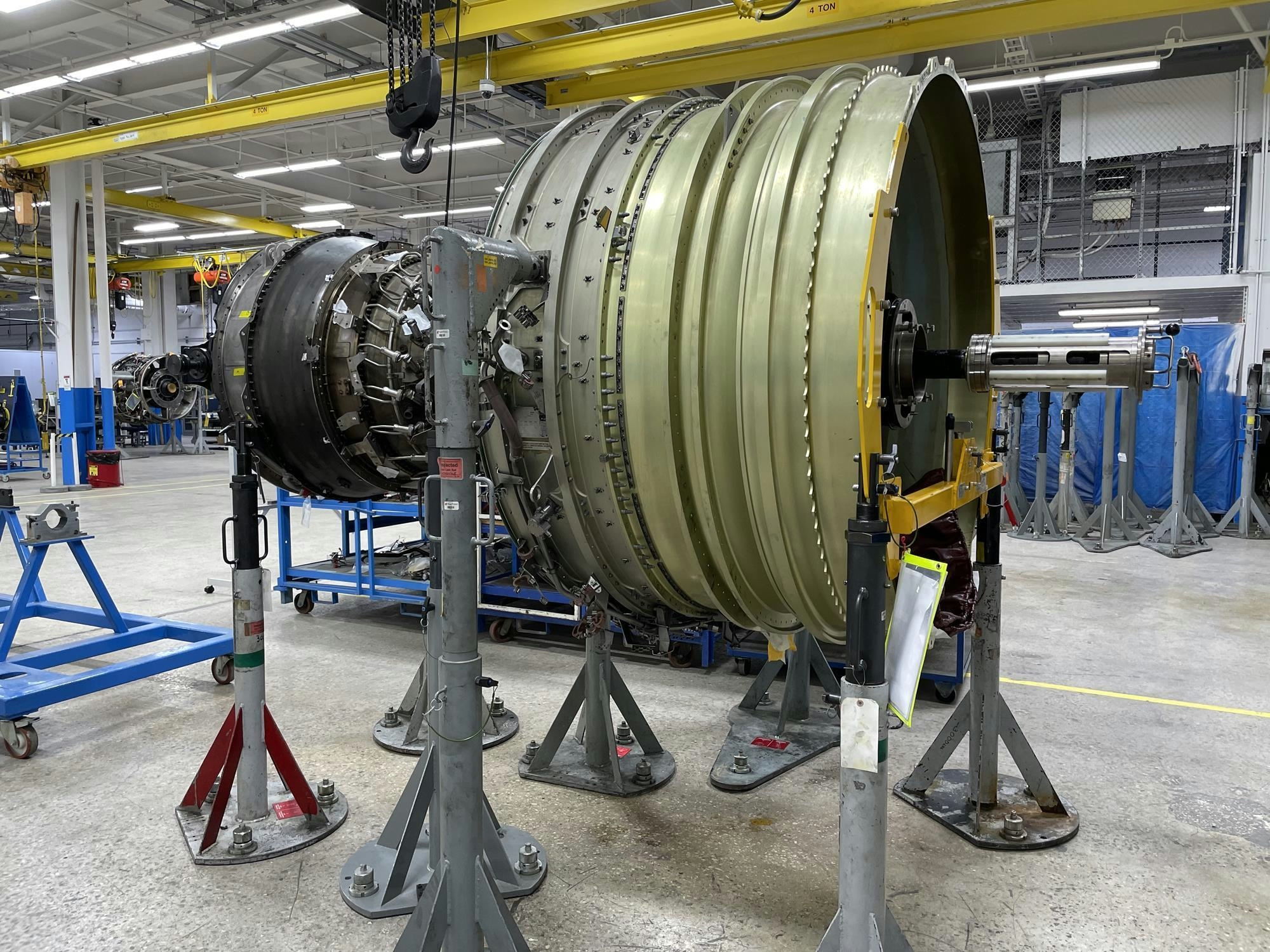
SIA Engineering and Safran to Expand LEAP Engine Maintenance Partnership
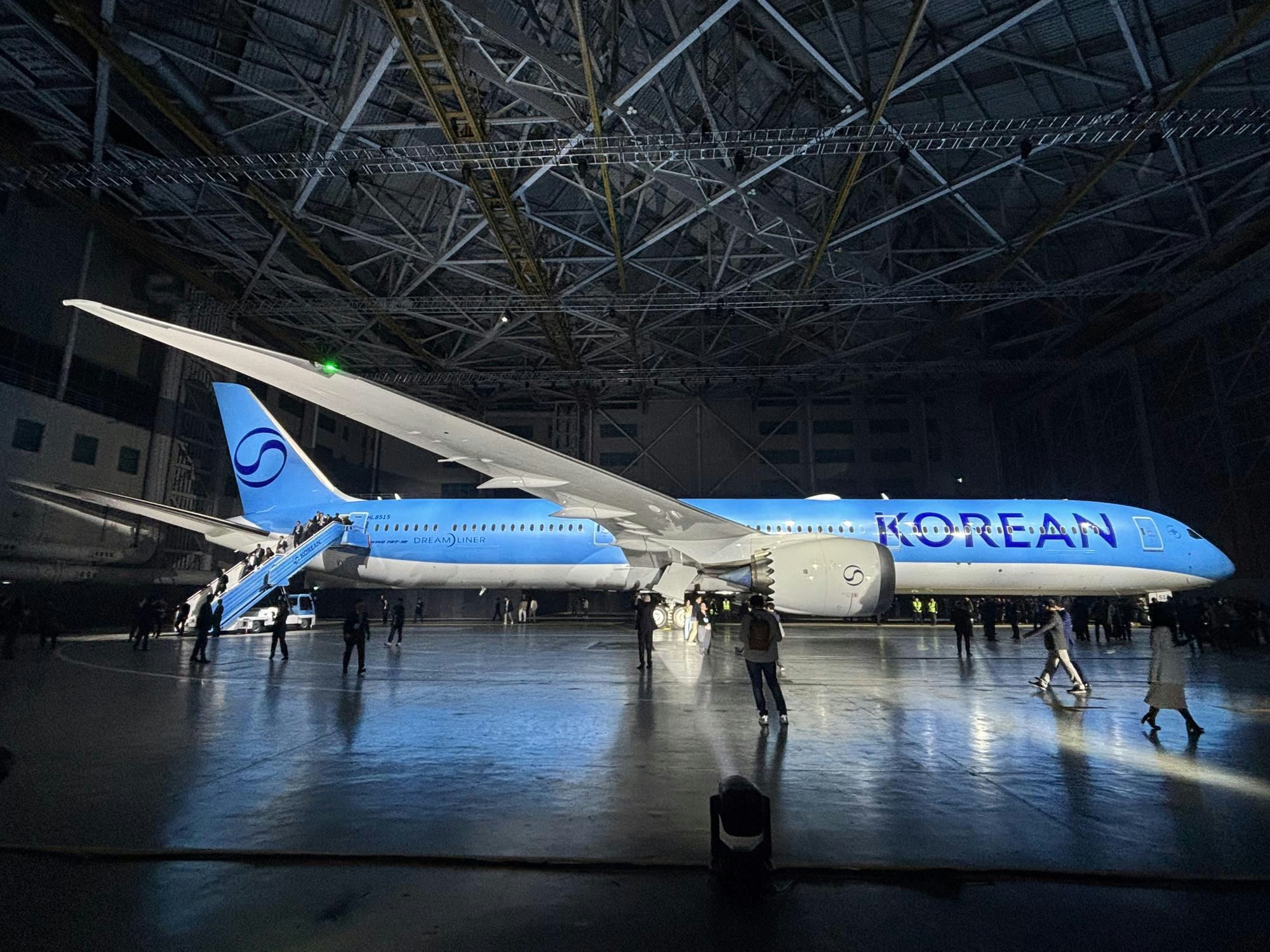
Korean Air to Build New MRO Facility at Seoul Incheon Airport

The Continued Importance of Charter Flight Cost and Time Estimators for Business Aviation
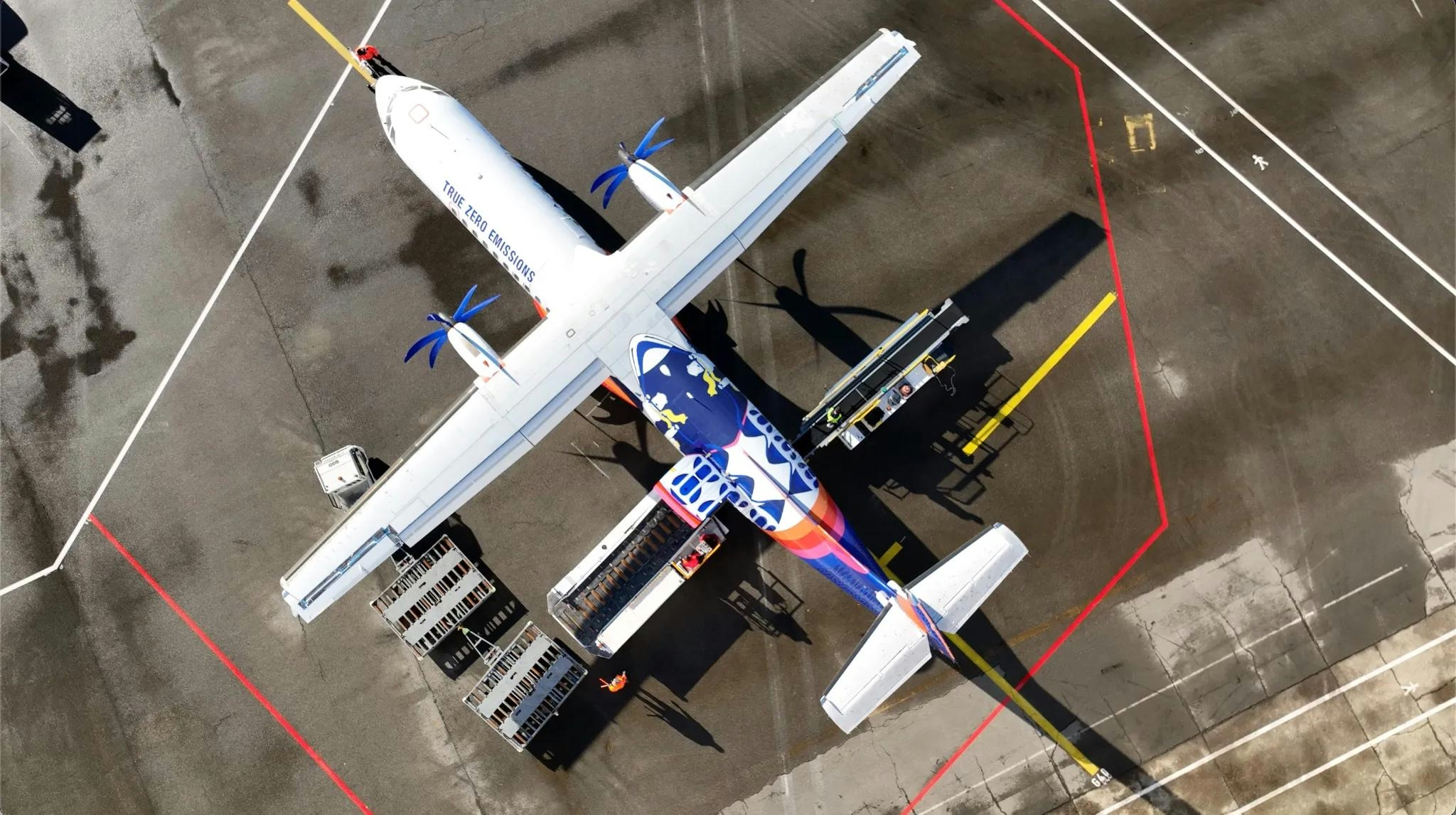
Pivot Airlines to Acquire First DHC-8-Q300 Aircraft

Global Aviation Market Projected to Reach $524 Billion by 2030

Boeing Subsidiary Unveils Pilotless Air Taxi
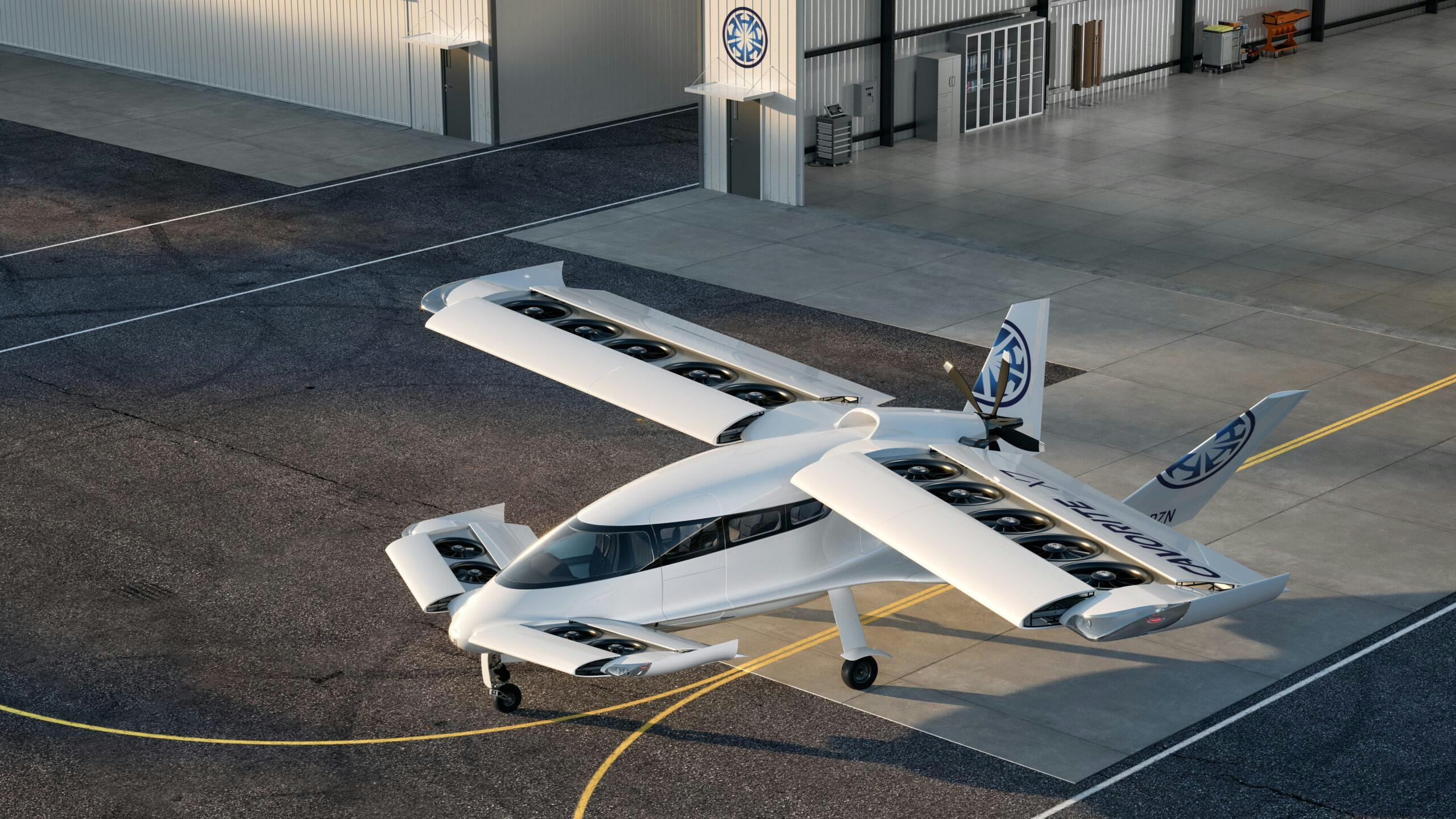
Horizon Progresses Cavorite X7 Toward IFR-Certified Flight
